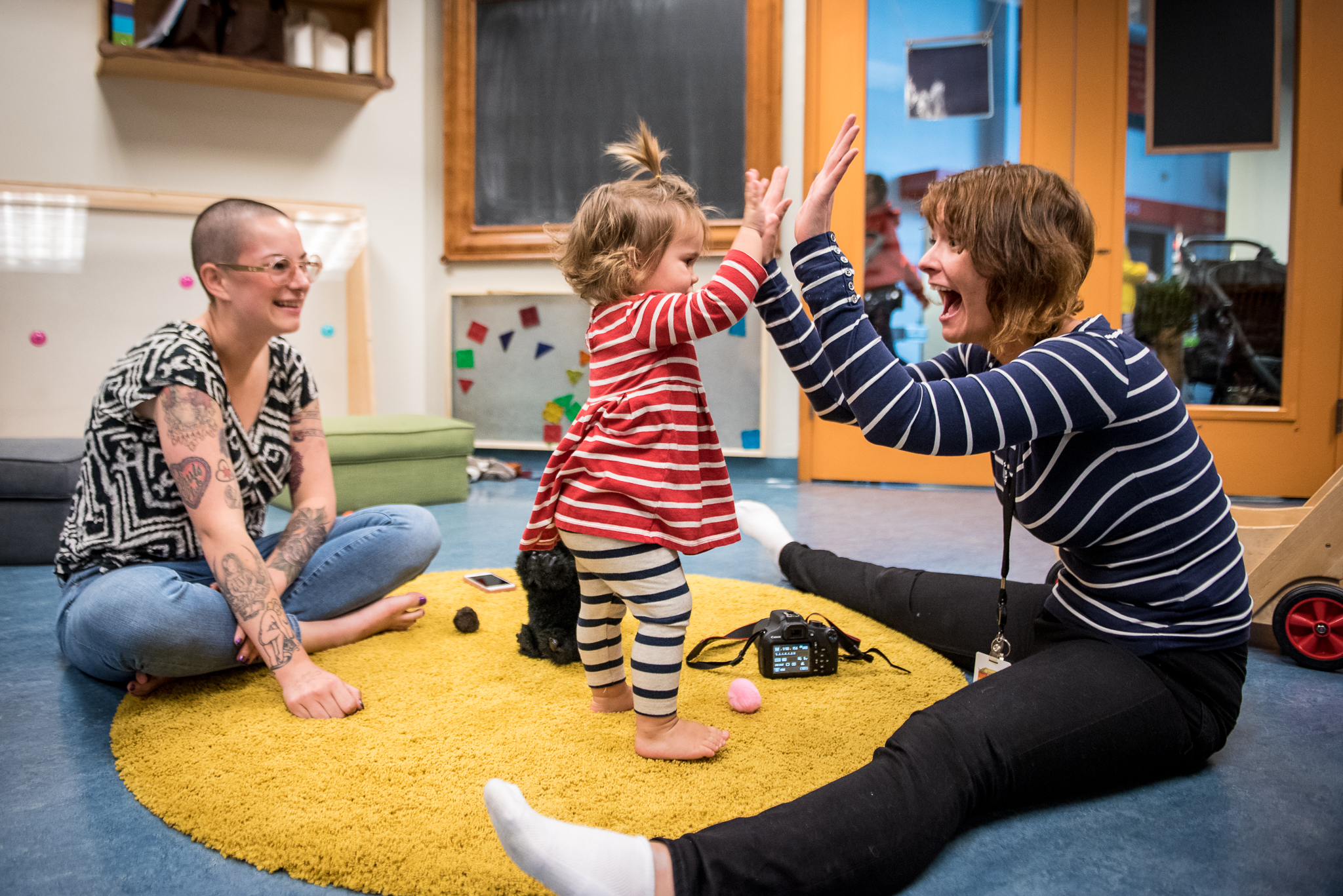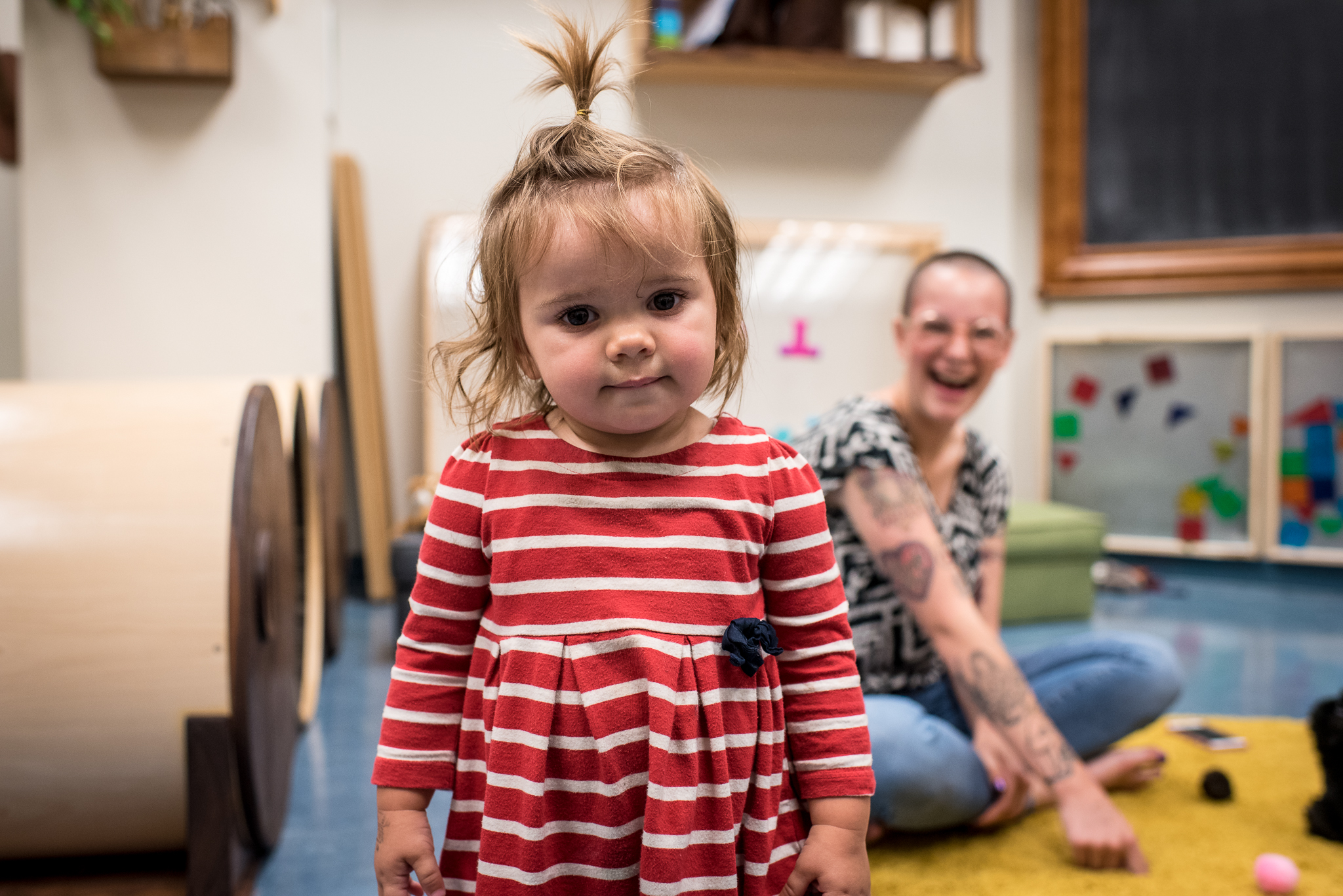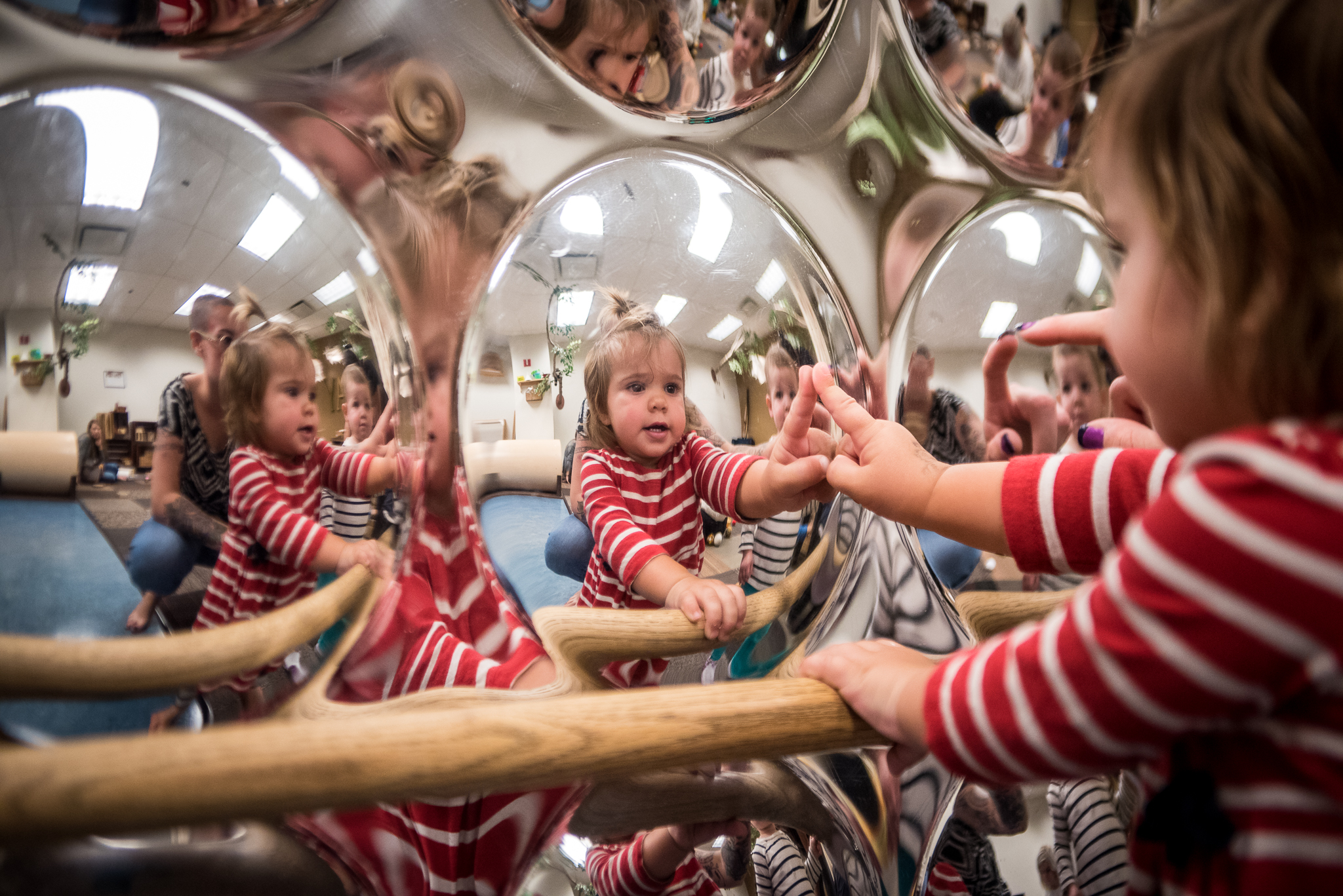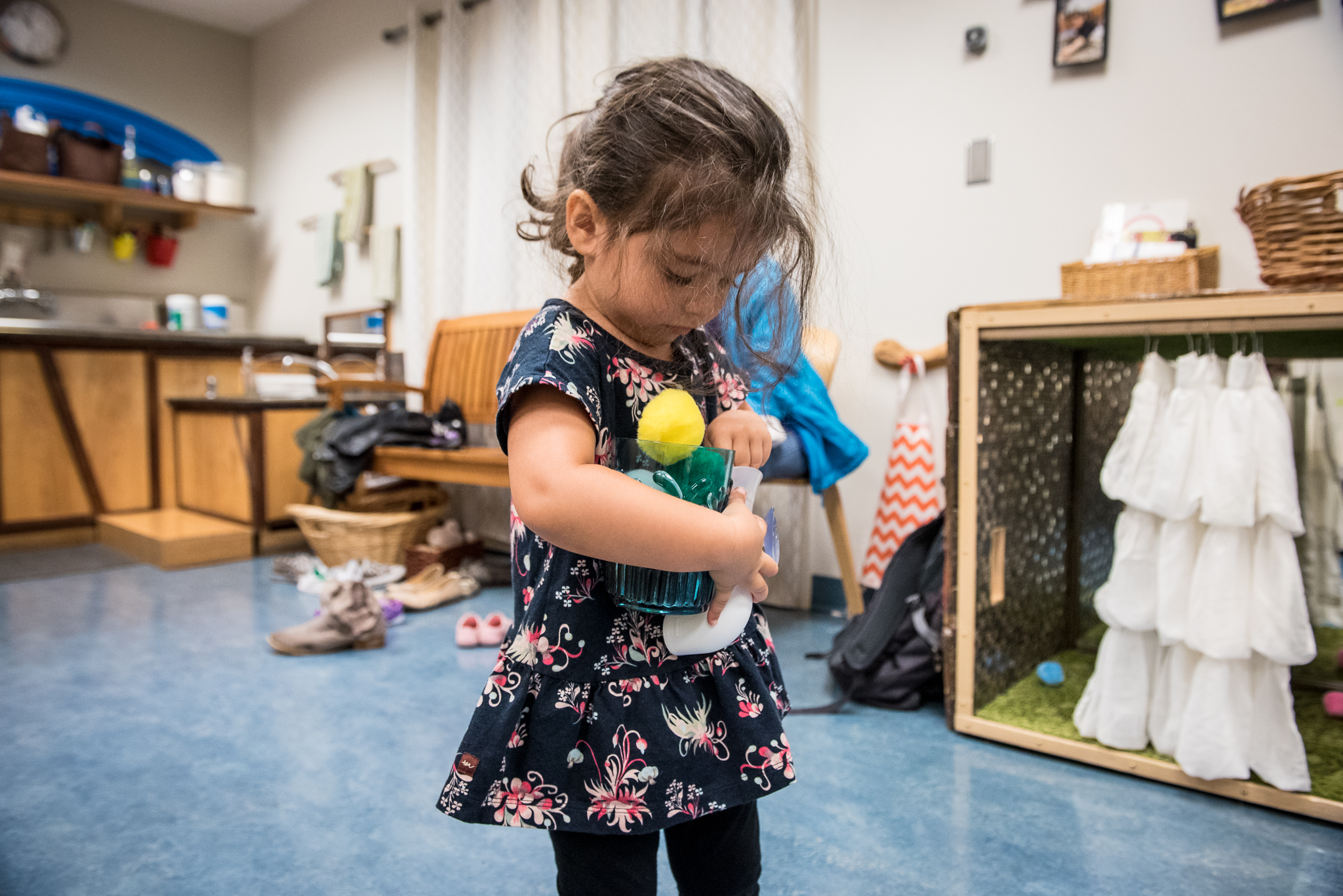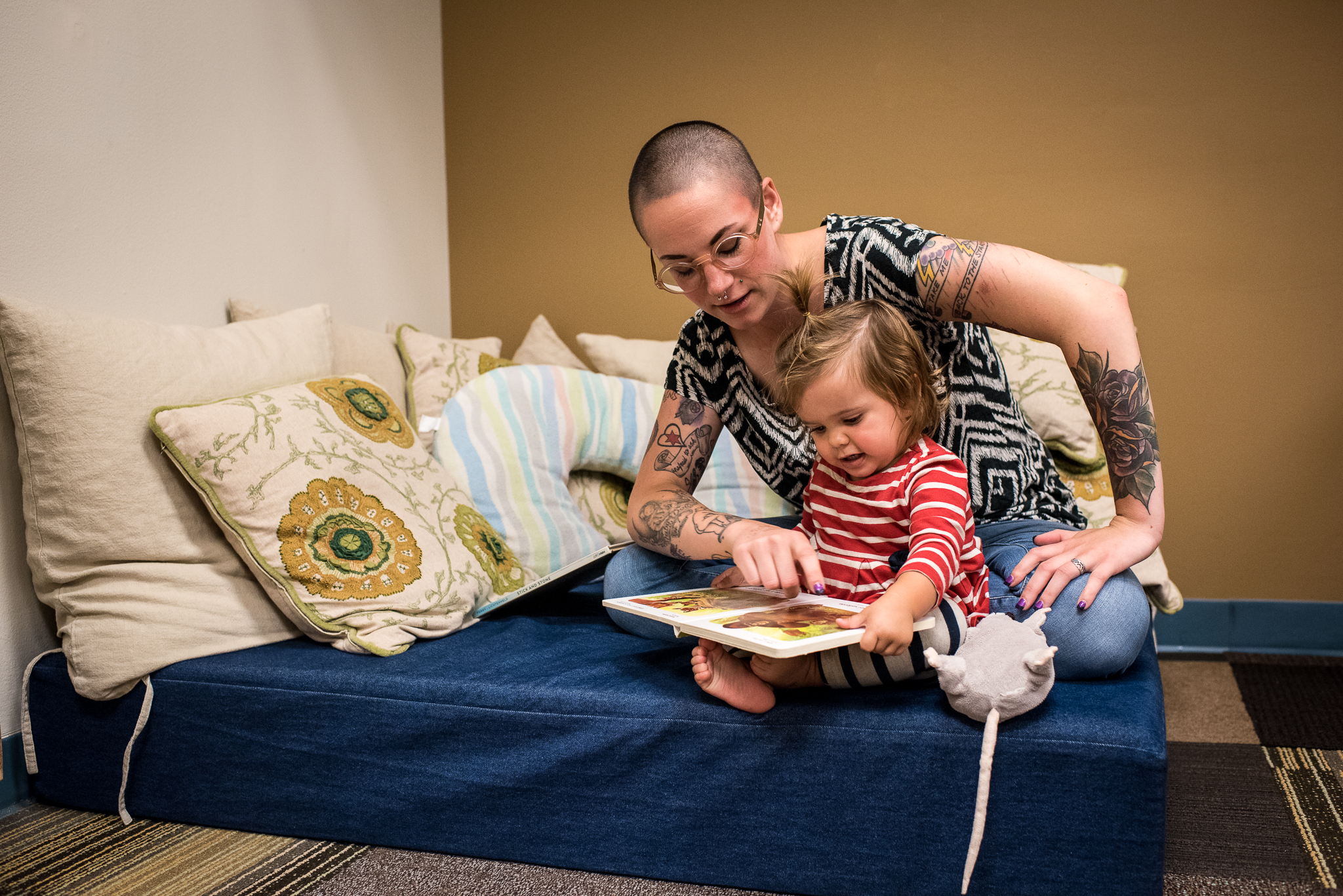Are you ready to have the greatest mac-n-cheese ever?!? It may come as a surprise but did you know that children's book author and illustrator Todd Parr is also an amazing cook?! Well, he is! Here is Todd's recipe for the the best mac-n-cheese EVER.
Let’s start with the ingredients
- 1 box of pasta (if you use elbow macaroni you can talk about different body parts!! Science!!)
- 2 cups of cheddar cheese
- 1 can condensed milk
- 2TBS butter
- Salt and pepper to taste
Here’s what you do.
Boil water and cook macaroni. Set aside.
In a separate pot over medium heat add 2 TBS of butter.
When melted add a small handful of the cheddar cheese.
To the cheese and butter add a full can of condensed milk.
Add remaining cheese and turn the heat on low.
Stir continually until the cheese is completely melted.
Add the cheese to the pasta and stir.
WARNING: This will be hot!
Add salt and pepper to taste.
Wanna turn this into a tasty math and science lesson? Here’s how.
Start with the measuring. Have the little ones measure out the butter and cheese. If your child is anything like me make sure to watch them with the cheese (I’m a totally cheese sneeker!) Measuring allows your child to work on quantity, volume, fractions, and one-to-one correspondence.
Boiling the water is a great place to insert some science. You can talk about the properties of water. Ask your little learner what happens when water gets cold and when it gets hot. Ask them to make predictions about what will happen when you add heat. You can even do a time exploration by making predictions about how long they think it will take for the water to boil.
Bring in some more science with the cheese sauce. Discuss how cheese is a solid (another place to insert some science vocabulary). Then ask them what they think will happen when you add the cheese to the heat.
Finally, you can wrap up this mini lesson with setting the table. Have your little one count how many cups, plates, and forks you will need for dinner. Let them set the table and count as they do each place setting.
Sharing a meal is a powerful thing. According to The Family Dinner Project, sharing regular meals with family reduces substance abuse and depression, while promoting higher grade point averages and boosting self-esteem.
MASSIVE thanks to Todd for sharing his home, his food, and his friendship! Check out Todd Parr for all things Todd!
-Ms. Giannini





